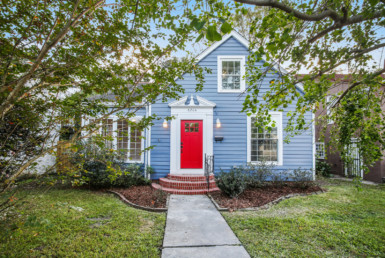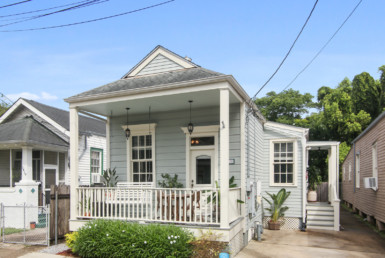Carrollton

Perhaps it’s the tree-shaded streets and spacious houses that make Carrollton feel nostalgic, or perhaps it is the influence of Tulane and Loyola universities, whose many students, faculty and alumni make the neighborhood feel like a college town. Established as a rural resort community outside of New Orleans in 1833, the neighborhood still has a laid-back feel, and some still refer to it as the “The Historic Town of Carrollton.” It’s also one of the most ethnically and economically diverse parts of New Orleans.
Oak Street, one of Carrollton’s main shopping districts, still has the look and feel of the 1950s, while Maple Street offers small stores, numerous coffee shops and a wellestablished independent bookstore in converted Victorian houses. Good restaurants in all price ranges are plentiful in Carrollton including Matt and Naddies, which sits across River Road from the Mississippi and pleasantly rumbles as trains pass along the levee. The only thing Carrollton lacks, residents say, is a convenient supermarket.In 1833 New Orleans Canal and Banking Co. purchased half of the McCarty Plantation to obtain right of way for a planned extension of the New Basin Canal.
Investors Laurent Millaudon, Senator John Slidell and Samuel Kohn bought the other half and hired planner Charles Zimpel to create the street grid. Early settlers concentrated on the natural levee, around present day Carrollton, Short, Huso, and Fern streets. By the 1850s, the town had a racetrack, fine gardens, a hotel and an elegant train station. New Orleans family lore often includes stories of the “long” train ride up St. Charles Avenueâ“sometimes with an overnight stop at Sacred Heart Convent for the Catholic Creoles coming from the French Quarter and beyond to holiday in “The Historic Town of Carrollton.”
Courtesy of the Preservation Resource Center of New Orleans.











